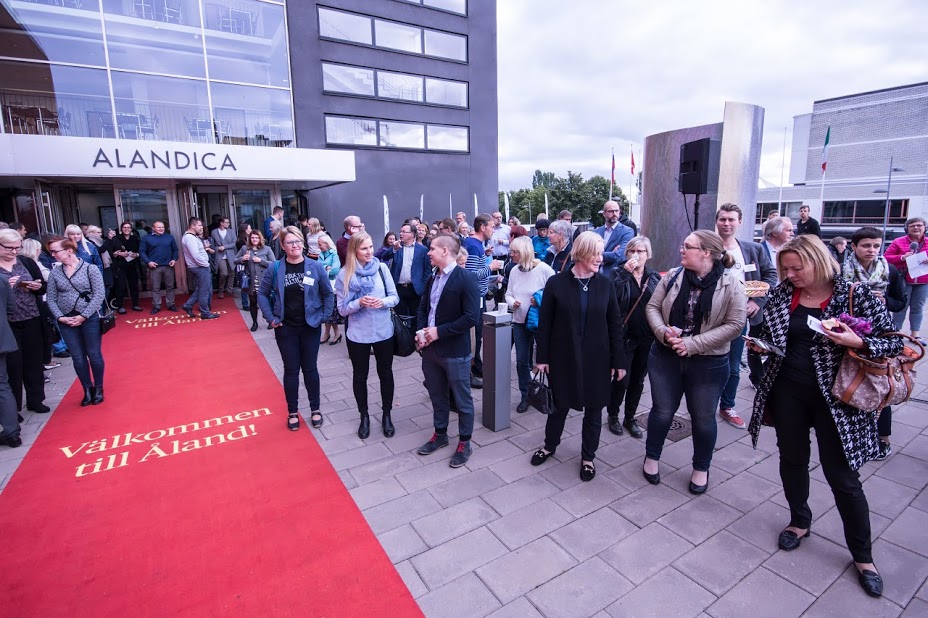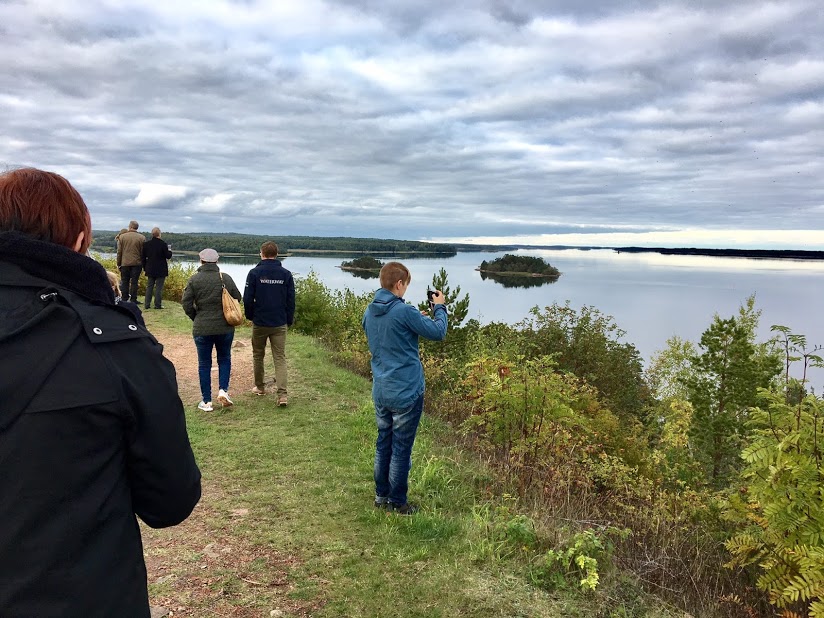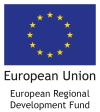European Cooperation Day 2017
European Cooperation Day 2017 at the Central Baltic programme - an insight from the general public
The Central Baltic programme’s European Cooperation Day 2017 took place in Mariehamn on 20 September and many facts proved that it succeeded in involving the general public.
Even before the event started, people stopped in front of the venue, the Alandica congress centre, to discover what was going to happen. Their interest seemed really sincere. People asked questions to projects’ representatives, visited the photo exhibition, realized with the photo competition’s entries, and queued in front of local products’ stalls.
In order to gain an insight on the general public point of view, I interviewed Pauls Balodis, one of ECDay 2017’s participants.
In which parts of the EC Day did you take part?
I took part in the opening ceremony in front of the Alandica congress house, during which I heard the opening speeches from Katrin Sjögren, Head of the Åland government, Merike Niitepõld, Head of the Central Baltic programme’s Managing Authority, and Ester Miiros, National Contact Point for Åland. Afterwards I saw the dancing show and I took part in the study trip, which was really exciting.

Participants waiting for ECDay 2017’s opening speeches in front of Alandica (photo: Ari Brozinski)
What did you find most interesting about Central Baltic’s ECDay?
I guess the excursion, where projects representatives explained what their project is about. – I liked that very much.
Did you meet any of the Central Baltic projects? Did you discover more about them?
Yes, I remember two projects which were presented on the study trip: one had its focus on creating an app for tourists visiting the Bomarsund fortress on Åland and other historical sites across the Central Baltic area. The project is called DefenceArch. During the visit I also get to know St. Olav Waterway representatives: he showed us St. Olaf’s church and told us about the possibility to travel throughout the St. Olav’s pilgrimage route that includes churches and paths in the whole region. Both projects seemed of great value. Unfortunately, I was not able to get acquainted with more projects.

During the study trip, participants discovered the view that visitors get from DefenceArch project’s Bomarsund site (photo: Annika Holmström).
Looking back at your experience, is there something that you learned thanks to your participation?
Considering the projects I was able to meet and their activities, I learned how to merge reality with new technical possibilities in the tourism area.
In which way the cross-border cooperation aspect was most evident?
Maybe in St. Olav Waterway’s experience, where people from different countries put their effort to establish a common tourism route.
What are your final impressions on the ECDay?
I was very satisfied with the level of organization and to see all the happy people, who are engaged in something in order to create valuable heritage for people across many countries.


